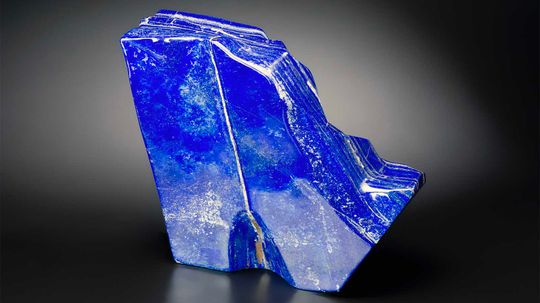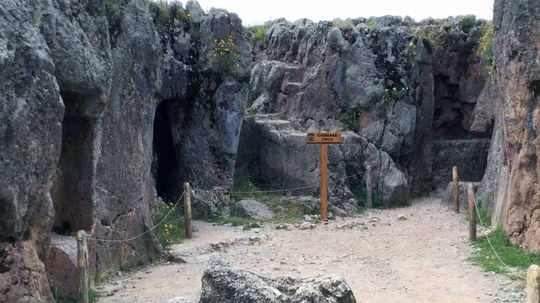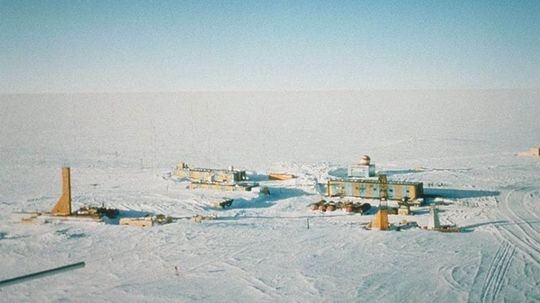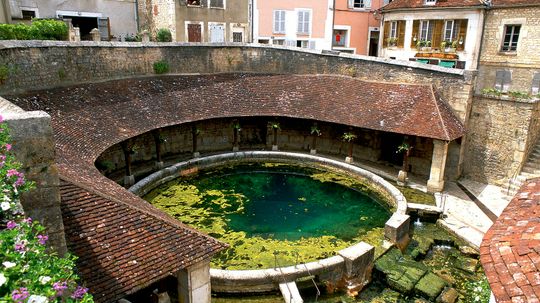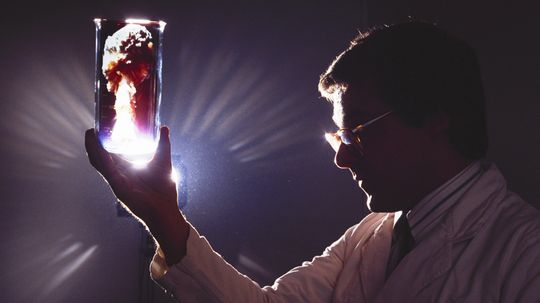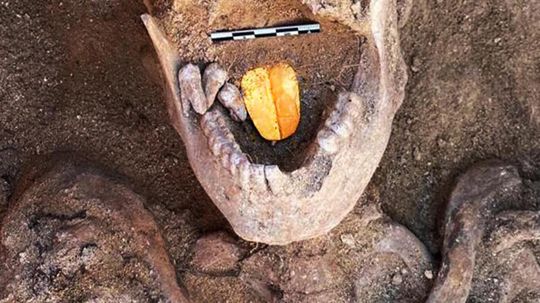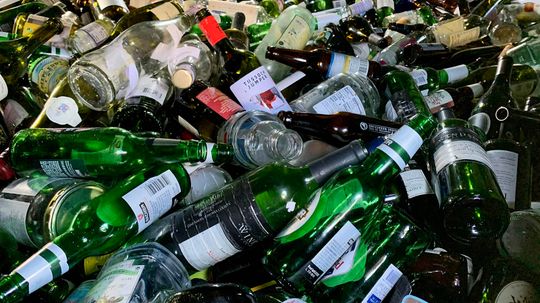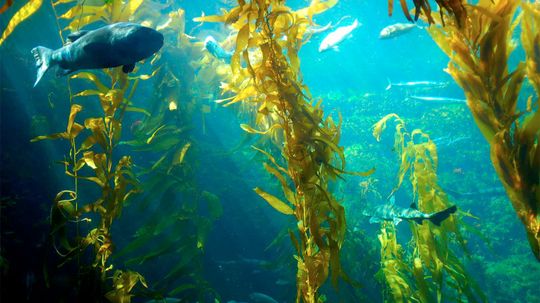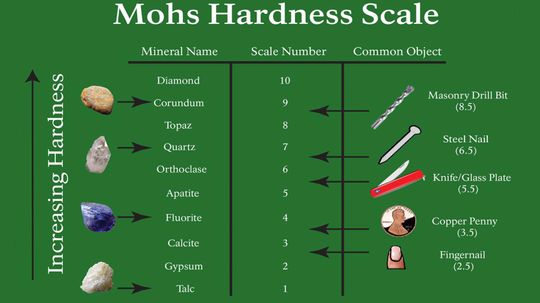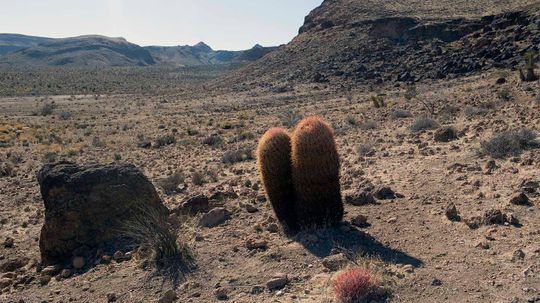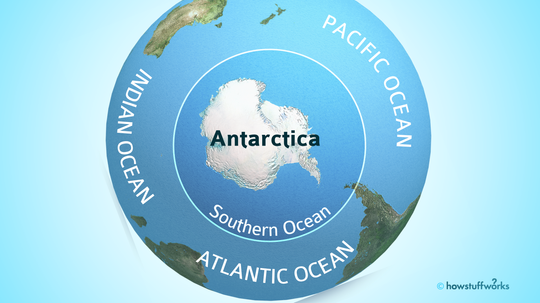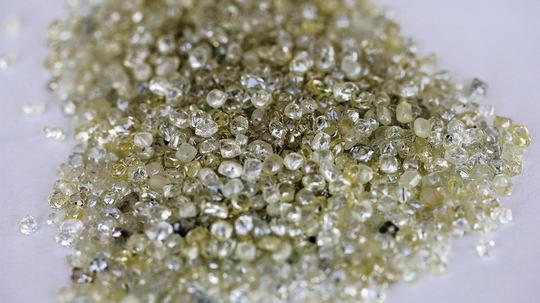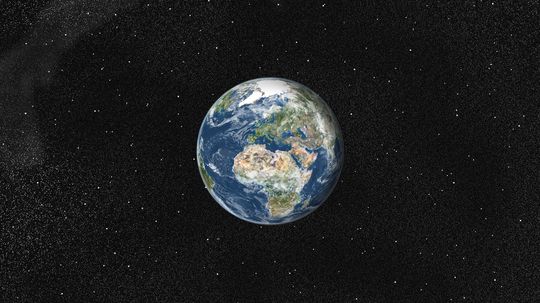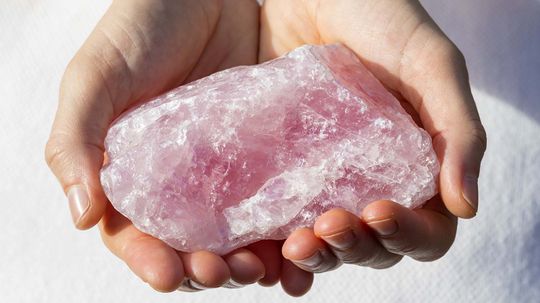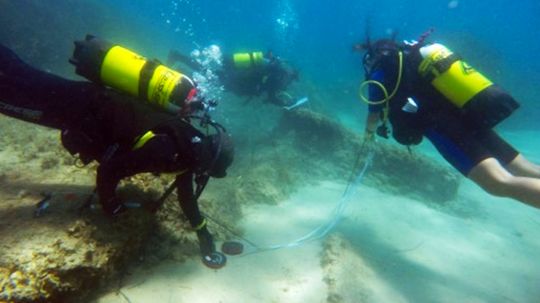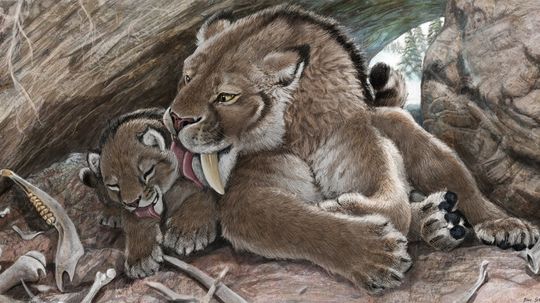Environmental Science
The environment is truly a thing of beauty and should be protected whenever possible. What can we do to save the environment, and what new technology is available to help us?

The Fish Doorbell Isn't a Joke ... Seriously

The Euphrates River, at the 'Cradle of Civilization,' Is Drying Up
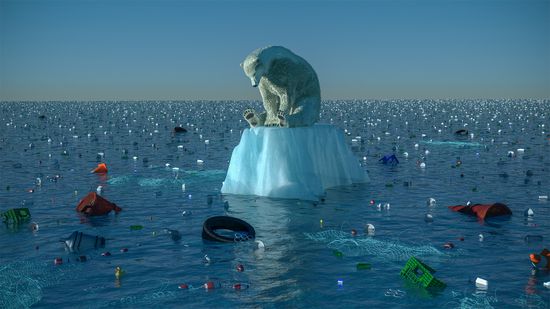
Study Says 2035 Is Climate Change Point of No Return

What State Has the Most Mountains in the U.S.? 8 Peak Records

The Most Dangerous Mountain to Climb (and 14 Giving Steep Competition)

15 Types of Gemstones to Add a Little Sparkle to Your Life

How Many Birds Are Killed by Wind Turbines, Really?

How a Lithium Mine Works and Impacts Local Communities
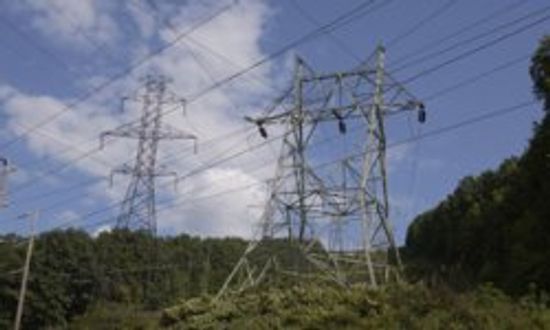
How to Sell Electricity Back to the Grid

The Worst Air Quality in the World Is in Mountainous Terrain

The World Hits 8 Billion People; Is That Good or Bad?
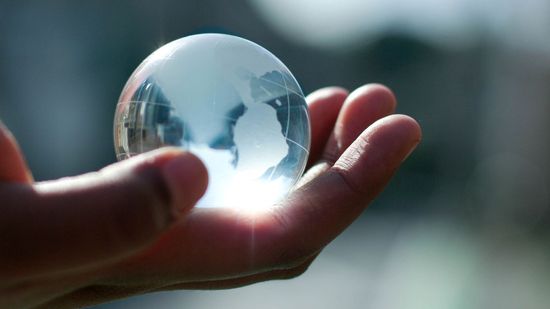
Quiz: Can You Tell Climate Change Fact From Fiction?

6 Most Futuristic Cities Powered by Renewable Energy

Top 5 Green Robots

5 Things to Consider When Building a Solar-powered Home
Learn More / Page 14
Could solar cells be the asphalt of the 21st century?
We live in a universe of clocks. The technology may not sound as dependable as your cell phone alarm clock, but humans have turned to water-powered clocks for more than three and a half millennia.
By Robert Lamb
This ancient rock adorns King Tut's coffin and the Sistine Chapel. And at one time it was more precious than gold. What is it about this deep blue rock that has drawn us in for centuries?
Advertisement
There are caves all over the world, but some are in places that are hard to explore - hidden by rocks, ruins or even under ice. We've found seven secret caves you probably never knew existed.
Critics warn that cryptocurrency networks, whose computers use enormous amounts of electricity to verify transactions, could be a factor in warming the planet. The industry is working to change that.
Deep underneath Antarctica, there lies a hidden lake. Roughly the size of North America's Lake Ontario, the buried landmark has inspired curiosity and controversy for decades.
By Mark Mancini
It's possible that the giant, deadly serpent hanging out at the bottom of Fosse Dionne spring is just a legend, but divers have disappeared trying to find out, so who knows?
Advertisement
Though a highly publicized 1989 cold fusion breakthrough was subsequently discredited, research is still being conducted in hopes of future success.
It's not just the size that differentiates a lake from a pond. The real distinctions flow much deeper.
In the search for Cleopatra's tomb, a team of archaeologists was surprised by two mummies with gold foil-covered tongues. What was the reason for this strange burial custom?
Only 25 percent of glass containers used by U.S. consumers were recycled in 2018, the most recent year for statistics. So, why aren't Americans doing better?
Advertisement
Move over corn and soybeans, there's a better biofuel in town. And this one grows in abundance at the bottom of the ocean.
Tanzanite is so rare, it is sourced from just an 8-square-mile (20-square-kilometer) area in Tanzania. It was first discovered in the late 1960s and it burst onto the jewelry scene thanks to Tiffany & Co.
The Mohs hardness scale is used by geologists and gemologists as a way to help identify minerals using a hardness test. How does it work?
Not all deserts have sand and they're certainly not all hot. They're just extremely dry and have little vegetation. That means deserts are located all over the planet, including at super-high elevations.
Advertisement
The Southern Ocean has finally been officially recognized, though scientists have known about it for over a century.
Not all diamonds are found on dry land. Many turn up in sediments below the ocean's surface. You just have to know where to look.
By Mark Mancini
Researchers have been asking this question for almost a century and now we're a little closer to the answer. Something else to ponder: Every 27.5 million years there is usually a mass extinction.
This beautiful pink quartz is found in numerous places throughout the world and is thought to be associated with unconditional love.
Advertisement
The Atlantic Meridional Overturning Circulation, or AMOC, plays an essential role in regulating ocean temperatures, but it looks as if it may be collapsing. What happens next?
In the lead-up to U.N. Climate Change Conference, the Swedish activist talked about Biden's climate plan, the media's responsibility and what gives her hope.
A lot of the times when people think of ancient artifacts, they picture Greek or Roman tools and relics. Things like oxidized copper trinkets, ivory statues, or maybe a bit of gold jewelry. But once you start thinking in archeological terms, a whole world of possibilities open up that pre date recorded history. Now we [...] The post 12 Of The Oldest Objects Ever Discovered appeared first on Goliath.
By Wes Walcott
Archaeologists discovered what they believe to be ruins of the Roman city of Neapolis - underwater near Tunisia.
Advertisement
Will Amazon's age of home delivery bury the environment in extra boxes? You might be surprised by the answer.
Researchers discovered that everyone's favorite prehistoric cat had some seriously big bones - even as a youngster.
By Robert Lamb


